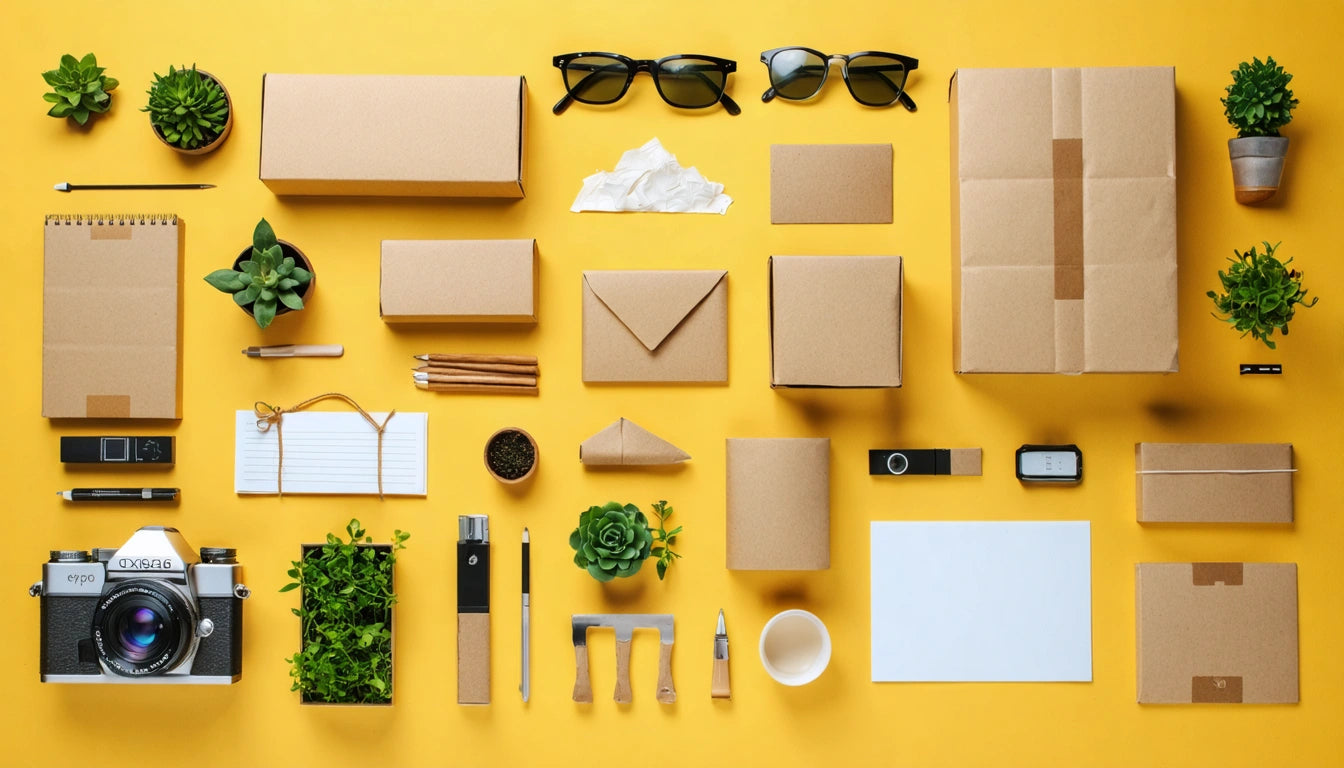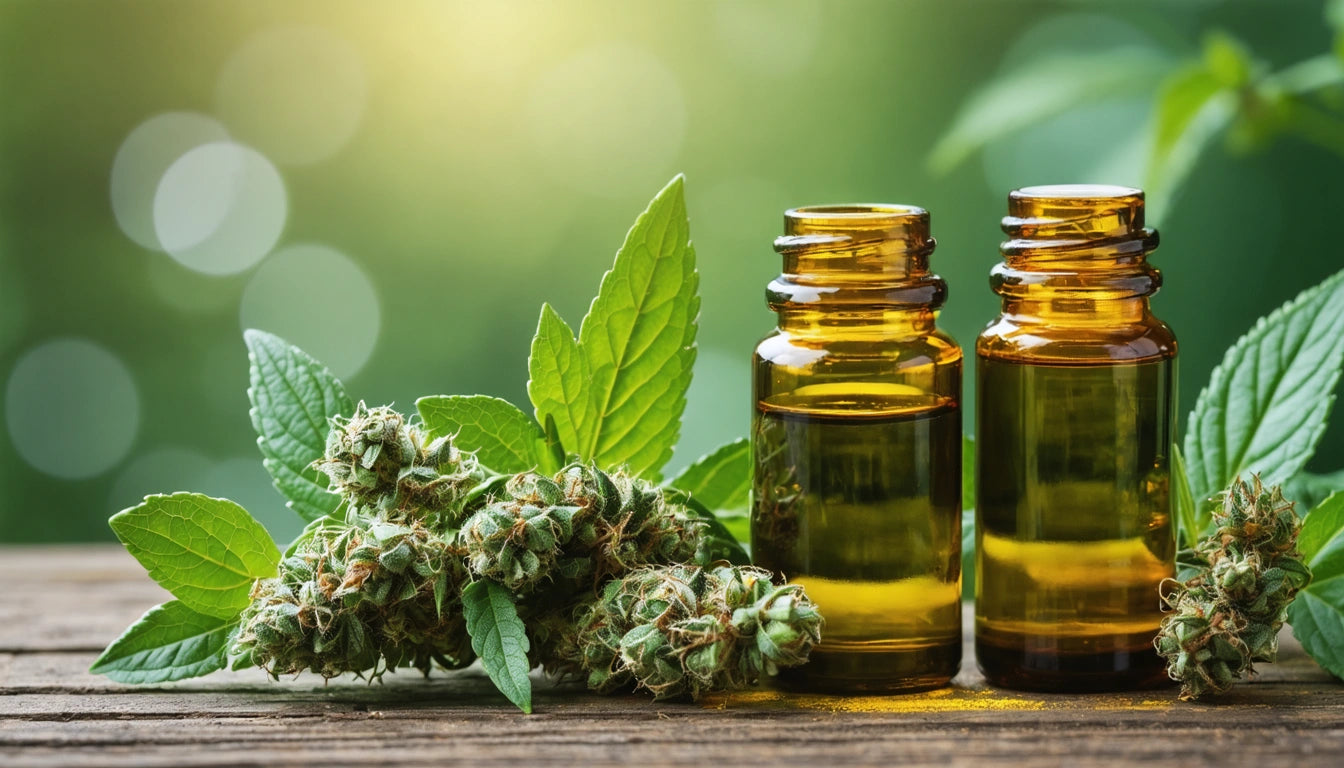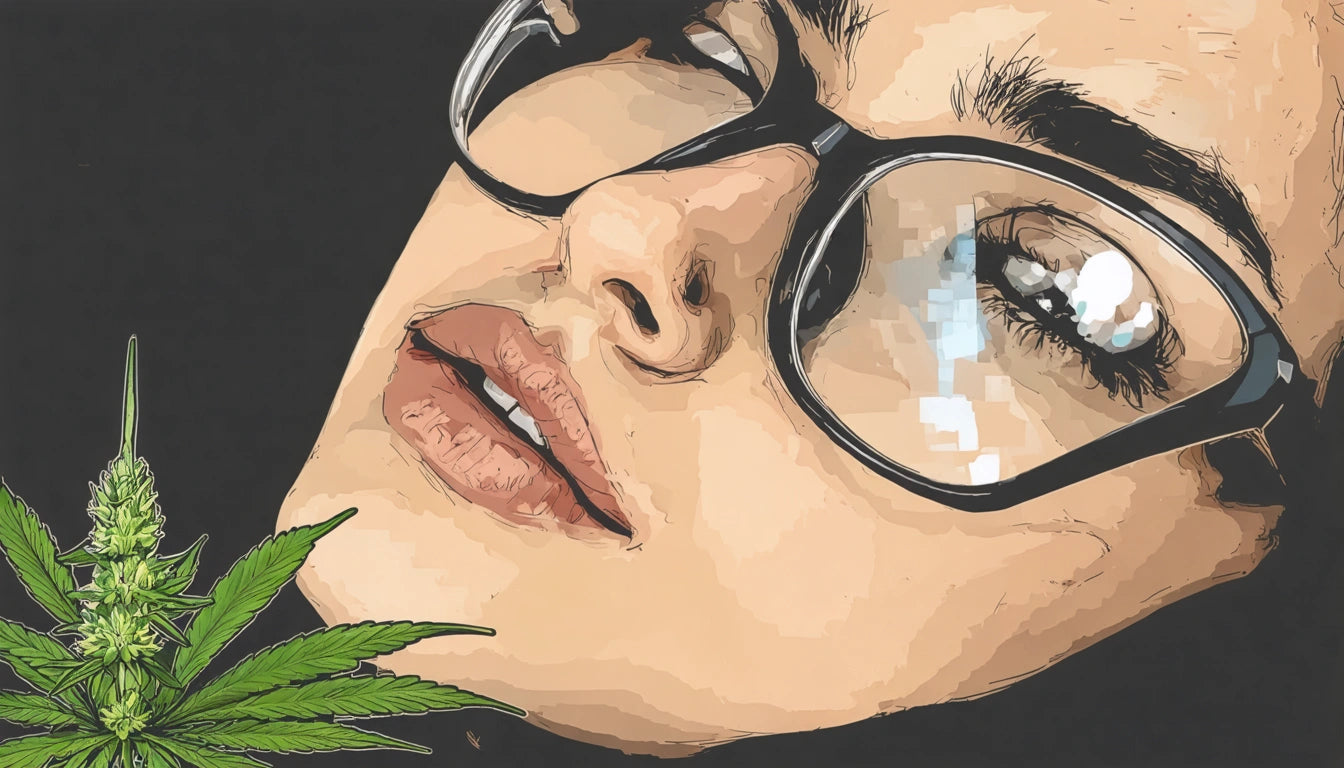Table of Contents
- Packaging Fundamentals: Definitions and Importance
- Packaging Costs: Factors That Influence Pricing
- Packaging Design: Creating Functional and Attractive Solutions
- Packaging Materials: Options and Considerations
- Packing vs Packaging: Understanding the Difference
- Retail Packaging: Making Products Stand Out
- Benefits of Paper Packaging in Modern Markets
Understanding Packaging: Costs, Design, Materials, and Benefits
Packaging plays a crucial role in product protection, brand identity, and consumer experience. From cost considerations to design principles, understanding the fundamentals of packaging helps businesses make informed decisions that impact their bottom line and customer satisfaction.
Packaging Fundamentals: Definitions and Importance
What does packaging mean? At its core, packaging refers to the materials, design, and technology used to contain, protect, transport, and present products. It serves multiple functions beyond simply holding items, including:
- Product protection during shipping and handling
- Brand communication and differentiation
- Consumer information and instructions
- Convenience features for end-users
- Regulatory compliance and safety
Components and packaging materials are defined as all elements that make up the complete packaging solution. This includes primary packaging (directly contains the product), secondary packaging (groups primary packages), and tertiary packaging (used for bulk handling and shipping).
Packaging Costs: Factors That Influence Pricing
How much does packaging cost? The price varies widely based on several key factors:
Material Selection
Material choice significantly impacts cost, with options ranging from basic cardboard to premium specialty films. For example, our specialized mylar bags for cannabis products balance cost-effectiveness with necessary protective features like moisture barriers and child-resistance.
Volume and Scale
Order quantity dramatically affects per-unit pricing. Larger orders typically reduce costs through economies of scale, while smaller runs may require higher per-unit investment.
Customization Level
Standard packaging costs less than custom solutions. According to research on cost-effective packaging for small businesses, customization expenses include design services, tooling, printing plates, and specialty finishes.
Complexity and Features
Additional features like special closures, windows, or interactive elements increase costs but may provide value through enhanced functionality or customer experience.
Packaging Design: Creating Functional and Attractive Solutions
What is packaging design? It's the process of creating the exterior of a product through a combination of form, structure, materials, color, imagery, and regulatory information. Effective packaging design balances aesthetics with functionality.
Creating custom packaging involves several stages:
- Research and strategy development
- Concept creation and refinement
- Structural design and prototyping
- Graphic design application
- Production preparation and quality control
Modern packaging design increasingly incorporates sustainability principles, user experience considerations, and technological innovations like QR codes or augmented reality features.
Packaging Materials: Options and Considerations
The selection of packaging materials depends on product requirements, budget constraints, and sustainability goals. Common options include:
Paper and Cardboard
Versatile, recyclable, and cost-effective for many applications. Paper packaging benefits include biodegradability, printability, and consumer preference for natural materials.
Plastics
Offering excellent barrier properties and durability, plastics range from basic polyethylene to specialized films. MAP (Modified Atmosphere Packaging) often utilizes specialized plastic films to control the internal environment of food packages, extending shelf life.
Protective Materials
When comparing bubble wrap vs packing paper, bubble wrap offers superior cushioning for fragile items but takes up more space and is less environmentally friendly. Packing paper provides good surface protection, flexibility, and recyclability at a lower cost.
Packing vs Packaging: Understanding the Difference
The terms "packing" and "packaging" are often used interchangeably, but they have distinct meanings:
- Packing refers to the physical act of placing items into containers or preparing them for shipment. It's the process of organizing and securing products.
- Packaging encompasses the materials, design, and technology used to contain, protect, and present products. It includes both the physical components and the strategic considerations behind them.
This distinction explains why we might say items are "packed" (verb) in "packaging" (noun). When considering whether something is "packaged or packed," packaged typically refers to the complete, finished product with its designed container, while packed simply means items have been placed into some form of container.
Retail Packaging: Making Products Stand Out
What is retail packaging? It's specialized packaging designed specifically for products sold directly to consumers in retail environments. Retail packaging must:
- Attract attention on crowded shelves
- Communicate brand values and product benefits
- Provide necessary product information
- Protect against damage and tampering
- Facilitate easy storage, display, and inventory management
Effective retail packaging balances visual appeal with practical considerations like shelf space efficiency and supply chain requirements.
Benefits of Paper Packaging in Modern Markets
Paper packaging continues to grow in popularity due to several key advantages:
Environmental Benefits
Paper is renewable, biodegradable, and widely recyclable. According to research on sustainable packaging trends, consumers increasingly prefer paper-based solutions for their reduced environmental impact.
Versatility and Customization
Paper can be formed into countless shapes, printed with high-quality graphics, and enhanced with various coatings and treatments to improve performance.
Consumer Perception
Paper packaging is often perceived as more premium, natural, and authentic compared to plastic alternatives, potentially commanding higher price points and brand loyalty.
As packaging continues to evolve, understanding these fundamental aspects helps businesses make strategic decisions that balance cost, functionality, aesthetics, and sustainability. The right packaging solution not only protects products but also enhances brand perception and drives consumer engagement.
",










Leave a comment
All comments are moderated before being published.
This site is protected by hCaptcha and the hCaptcha Privacy Policy and Terms of Service apply.